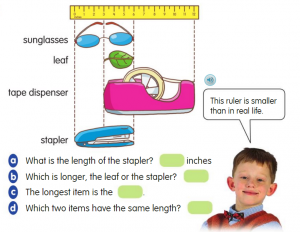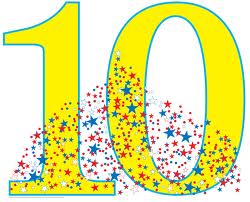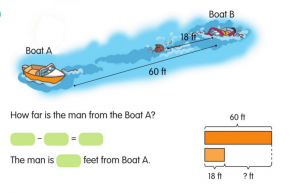Posted by kavery508 | Posted in Uncategorized | Posted on April 1, 2019
The countdown is on: Just 10 more weeks left in the year! The kids have made huge strides since the start, and I’m proud of their perseverance and accomplishments.
 Photo Source: Autism Speaks
Photo Source: Autism Speaks
Light it Up Blue! This week marks Autism Awareness around the world. At Floral St. School, we are committed to serving the diverse needs of Shrewsbury’s population, including students whose needs lie within the autistic spectrum. In class, we will learn to understand the unique learning and behavior styles that accompany autism, in an effort to strengthen our school community. Information, networks, and ways to “light it up blue” can be found at the Autism Speaks website.
 Our reading focus this week is on identifying how characters in stories respond to challenges. This skill requires kids to think critically about characters’ traits and feelings in order to analyze their actions and understand cause and effect. For example, in The Little Red Hen, the hen has work to do–so, she asks for help. When none arrives, she does it herself, until the end when she’s learned a lesson about hard work. The video below does a great job of teaching the skill to kids! (Source: eSpark Learning via Youtube.com)
Our reading focus this week is on identifying how characters in stories respond to challenges. This skill requires kids to think critically about characters’ traits and feelings in order to analyze their actions and understand cause and effect. For example, in The Little Red Hen, the hen has work to do–so, she asks for help. When none arrives, she does it herself, until the end when she’s learned a lesson about hard work. The video below does a great job of teaching the skill to kids! (Source: eSpark Learning via Youtube.com)
 As our final Trimester of school begins, students will be taught the ins-and-outs of good poetry, and to write meaningful poems of their own. They will learn how to choose topics that they feel strongly about; how to write with a mix of thoughts, feelings, and carefully chosen words; how to replace uninteresting text with better words and similes; and how to edit the structure (lines, repetition, etc.) of their poems until it looks and sounds right. Here is a very cool site for you and your child to view at home, where children’s poetry is read aloud and you can learn more about poets and their craft! http://childrenspoetryarchive.org/?_ga=1.112867396.1951796194.1461419863
As our final Trimester of school begins, students will be taught the ins-and-outs of good poetry, and to write meaningful poems of their own. They will learn how to choose topics that they feel strongly about; how to write with a mix of thoughts, feelings, and carefully chosen words; how to replace uninteresting text with better words and similes; and how to edit the structure (lines, repetition, etc.) of their poems until it looks and sounds right. Here is a very cool site for you and your child to view at home, where children’s poetry is read aloud and you can learn more about poets and their craft! http://childrenspoetryarchive.org/?_ga=1.112867396.1951796194.1461419863
 In math this week, students will further their understanding of measurement by learning to develop a sense of how big inches are and applying that knowledge through estimating and actual measuring. Consider the picture above from the student eBook: notice how it pushes kids to understand how big inches are; how many inches long common objects are; and to apply those ideas by comparing lengths. The last big idea is to solve real word problems involving length, height, and distance. At this time of year, kids should be able to model such problems through bar models and/or parts-and-total frames.
In math this week, students will further their understanding of measurement by learning to develop a sense of how big inches are and applying that knowledge through estimating and actual measuring. Consider the picture above from the student eBook: notice how it pushes kids to understand how big inches are; how many inches long common objects are; and to apply those ideas by comparing lengths. The last big idea is to solve real word problems involving length, height, and distance. At this time of year, kids should be able to model such problems through bar models and/or parts-and-total frames.



